Rechargeable calcium batteries have the prospect of high-energy and low-cost.
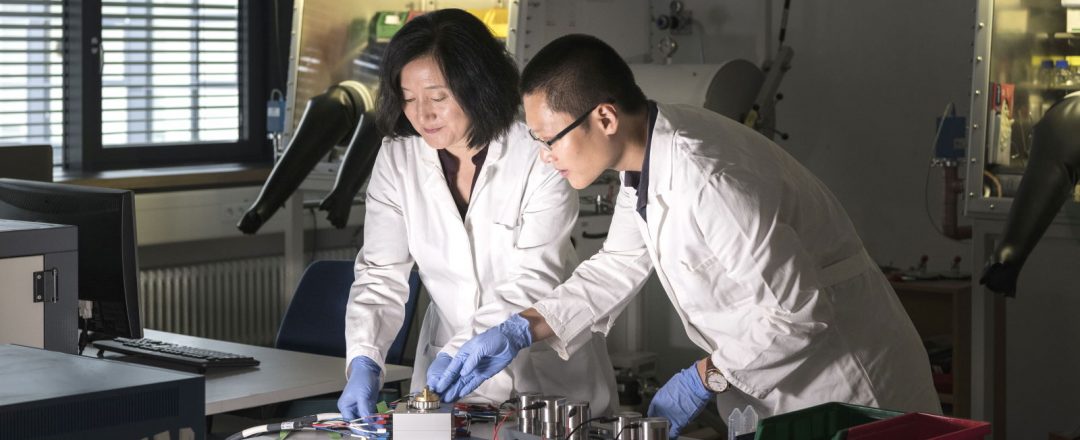

Rechargeable calcium batteries have the prospect of high-energy and low-cost.
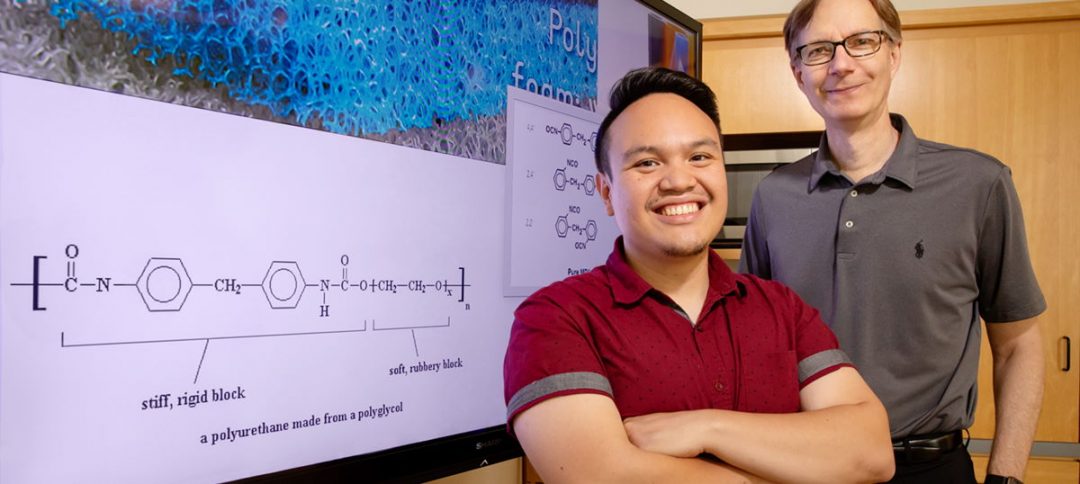
Polyurethane is a widely used polymer that is toxic when incinerated or landfilled. Now researchers are trying to find a way to chemically recycle the material.
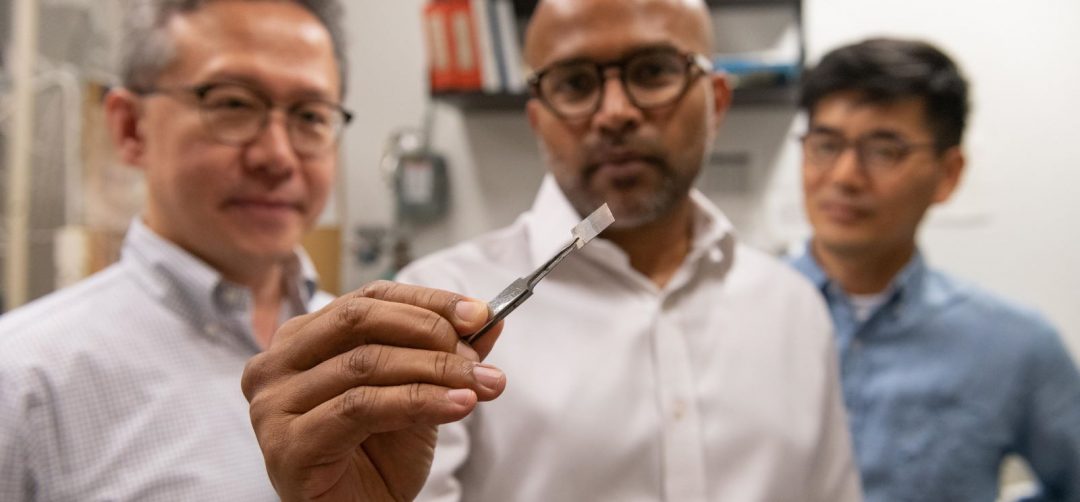
Atom-thick layers of platinum supported by graphene could provide cost-effective fuel cell catalysts with unprecedented catalytic activity and longevity.
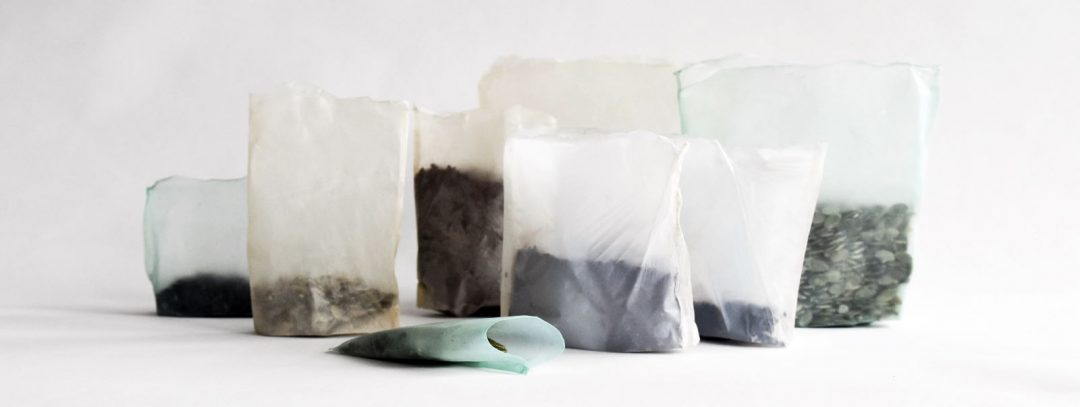
Roza Janusz has created an alternative to plastic packaging using organic materials that can either be eaten after use or safely composted.
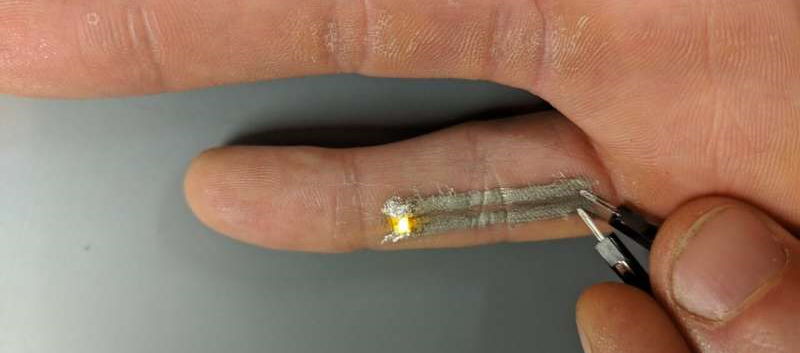
Scientists developed a fully print-in-place electronics technique that is gentle enough to work on surfaces as delicate as human skin.

A Swiss team of researchers has developed an innovative new approach to creating flexible batteries using stretchable materials.

A new, light-weight matrix material with improved mechanical properties to make cars lighter and more efficient.
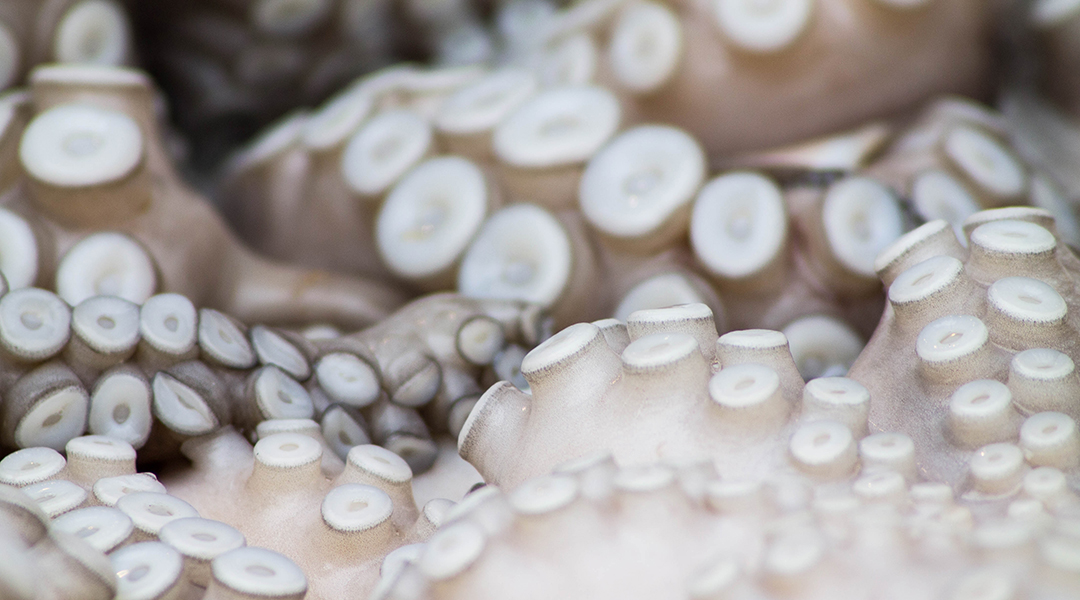
Researchers reproduce the soft, stretchable, and smart skin of cephalopods.
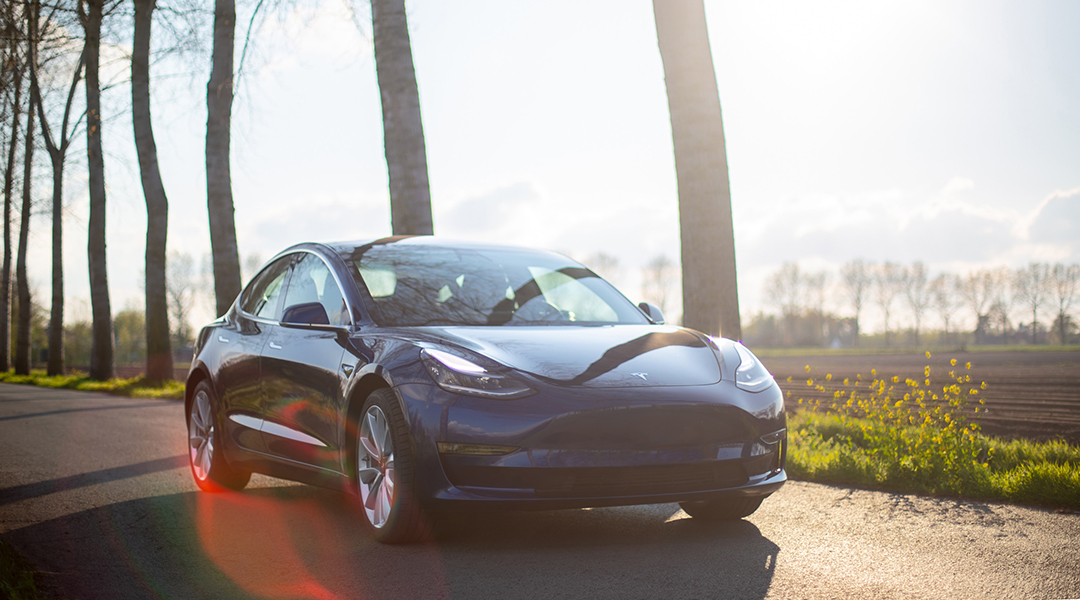
Butterfly inspired photovoltaic car roof extends the mileage by approx. 10% or an equivalent reduction in fuel consumption.

A new, cost-effective device that can generate electricity from energy otherwise lost to space.